Traveling along the Continental Divide Trail (CDT) is a goal for many outdoor enthusiasts. The CDT is widely considered one of the most challenging long-distance trails in the world, so it’s not for novice hikers. Did you know the CDT is 3,100 miles long and takes around five months to traverse? It’s not a challenge to be taken lightly! Besides how difficult it can be physically, there are other dangers you have to worry about, such as animals on the CDT trail. Check out this detailed list of the most dangerous animals on the CDT trail you might encounter.
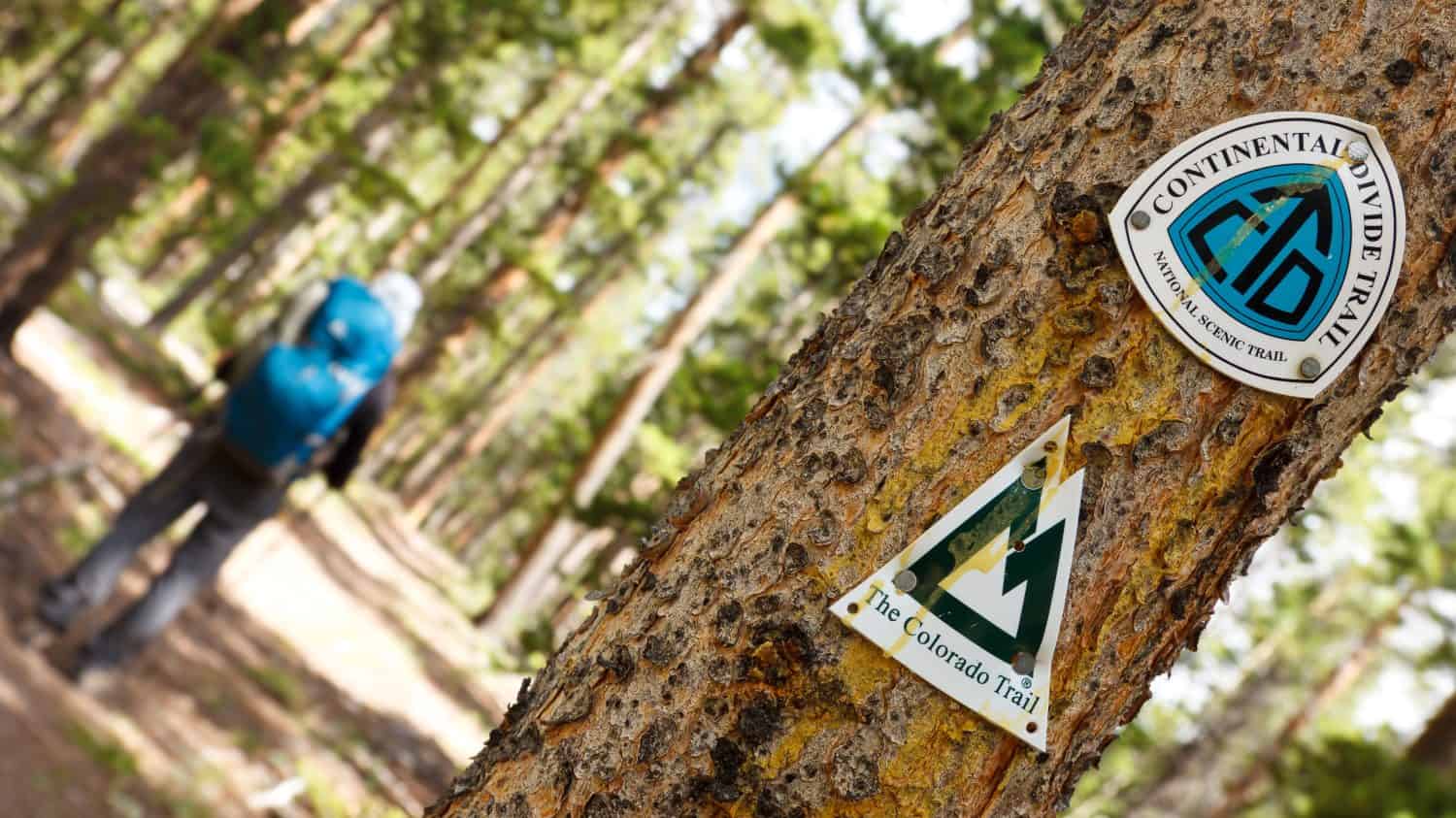
Parts of the CDT are incomplete on public lands, requiring bushwhacking from trail users.
©Patrick Poendl/Shutterstock.com
1. Grizzly Bears
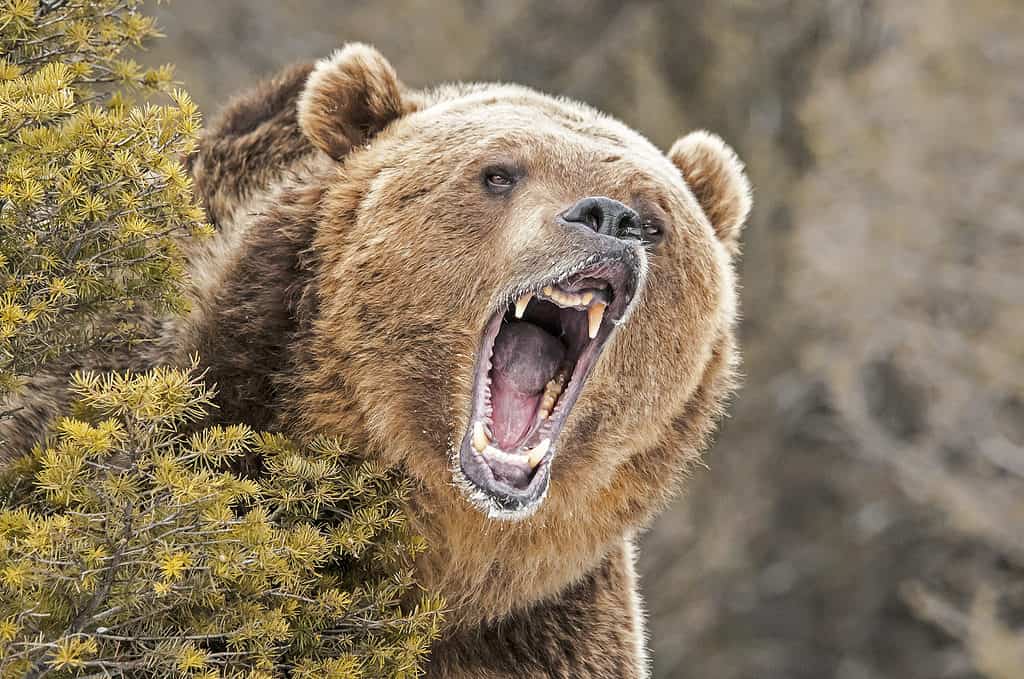
Plants make up a large part of a grizzly bear’s diet.
©Scott E Read/Shutterstock.com
The CDT runs directly through bear country, so you shouldn’t be surprised to encounter our first pick for dangerous animals on the CDT trail. Bears typically live from all the way down to New Mexico and into Montana! If you come across a grizzly bear, you will likely be in Wyoming or Montana. Grizzlies are easily the most dangerous bear on the trail due to how aggressive they can be toward humans. They’re swift and can weigh upwards of 1,000 pounds! They might attack to defend their space if you unknowingly enter their territory. They’re solitary omnivores who prefer to hunt alone and have a bite force that could potentially snap you in half!
2. Black Bears

Black bears can run up to 35 miles per hour.
©BGSmith/Shutterstock.com
Since the trail runs through bear country, you will likely encounter black bears. Luckily, these bears are less likely to be aggressive toward humans. Black bears tend to be shy and run away from threats, usually climbing and hiding among the treetops. They’re the most common type of bear across North America, and fatal attacks are incredibly rare. The only reason one might attack would be if a human ventures too close, causing the black bear to become defensive.
3. Mountain Lions
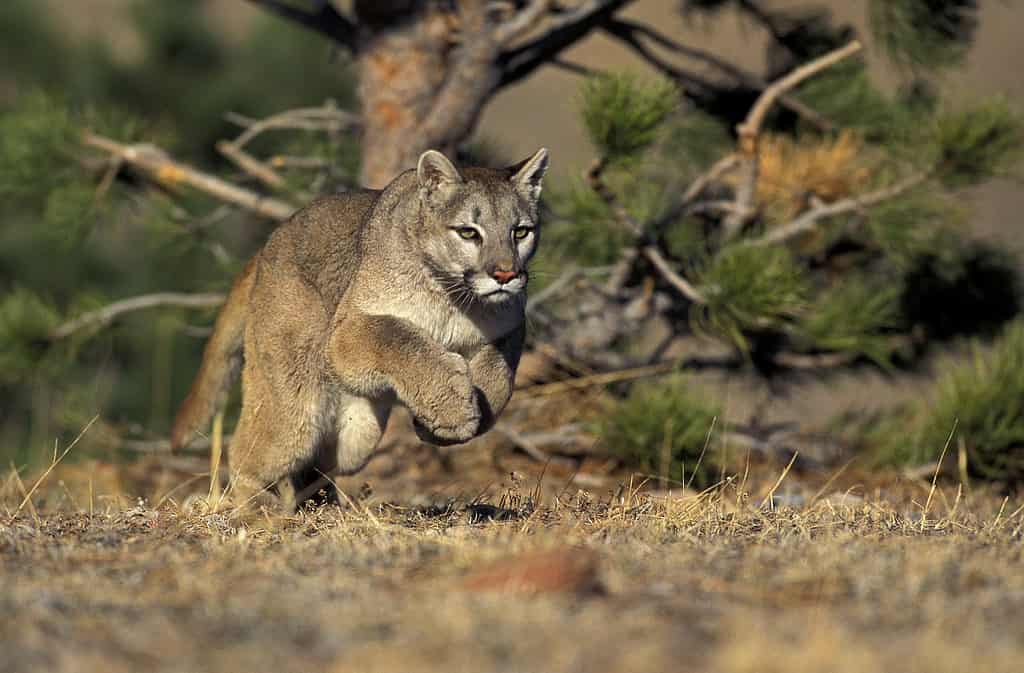
Mountain lions can reach 50 mph in short bursts.
©iStock.com/slowmotiongli
You’re more likely to hear a mountain lion rather than see one while you’re trekking along the CDT. These predators tend to stay as far away from humans as possible. That doesn’t mean you will never encounter one of these big cats, however. Some personal accounts from hikers stated they had been stalked by a mountain lion along their journey, especially smaller hikers or those who brought pets along. These felines are incredibly fast, can weigh up to 220 pounds, and are masters of stealth. Ambushing prey is easy for these quiet and easily camouflaged hunters, which makes them one of the most dangerous animals on the CDT.
4. Moose
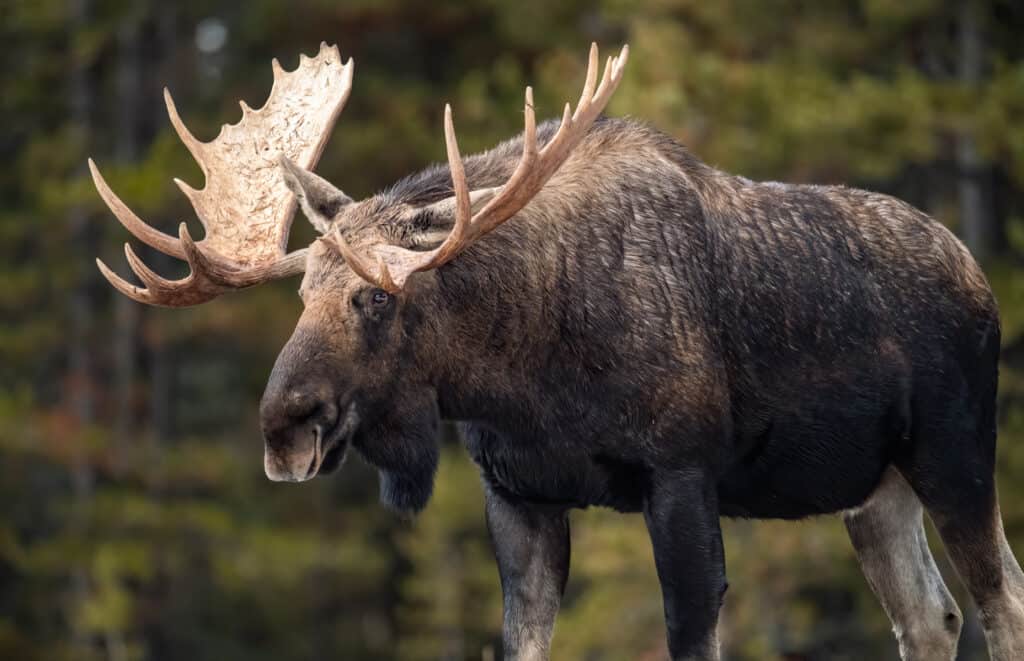
Bull moose have long antlers weighing around 40 pounds and growing 6 feet long.
©Harry Collins Photography/Shutterstock.com
Many of us tend to underestimate the size of moose. If you don’t live in areas where you commonly see them, you might think that they’re merely a little bit bigger than a horse. These members of the deer family can weigh as much as 1,400 pounds and stand over 6 feet tall! These herbivores prefer having space and solitude, so they’re likely to leave you alone if you leave them alone. If you provoke a moose, they will defend themselves by charging, stomping, or kicking you. They won’t be afraid to use their antlers, either. Attacks are not likely to be fatal, but you’ll be lucky to walk away with slight wounds.
5. Wild Horses
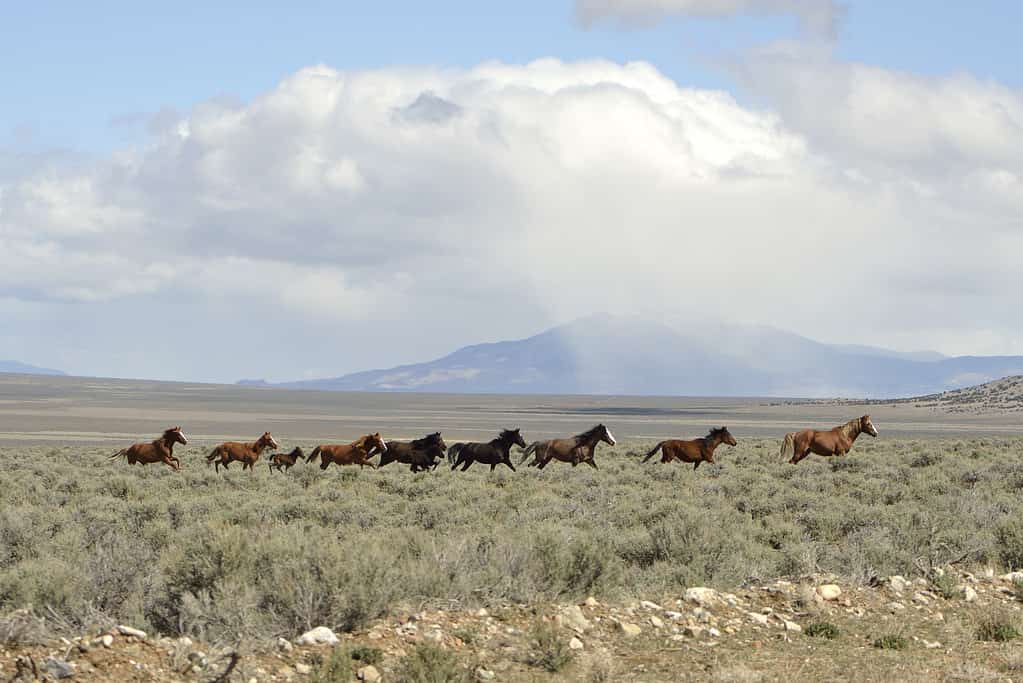
The U.S. wild horse population spreads across several states, such as Wyoming and New Mexico.
©mlharing/iStock via Getty Images
Wild horses are beautiful to look at but not to approach. While exploring the CDT, you’ll likely see them meandering along the hills or open fields. They’re incredibly unpredictable and will defend themselves and their herd. A scared horse will bite, kick, or charge if you threaten them, and wild horses are no different. While there haven’t been any fatal attacks noted in the news, it’s still important to respect wild horses and give them their space.
6. Wolves

Wolves can top out at a speed of 40 mph.
©Warren Metcalf/Shutterstock.com
Hikers have reported being circled or followed by gray wolves in the past. Most experts agree this is likely just curiosity on their part, but running from them could result in disaster. Wolves are predators and will give chase if you flee. Encounters with wolves are rare because their sense of smell is so keen. They prefer to keep their distance when it comes to humans. An attack is unlikely unless the wolf is threatened or sick.
7. Rattlesnakes
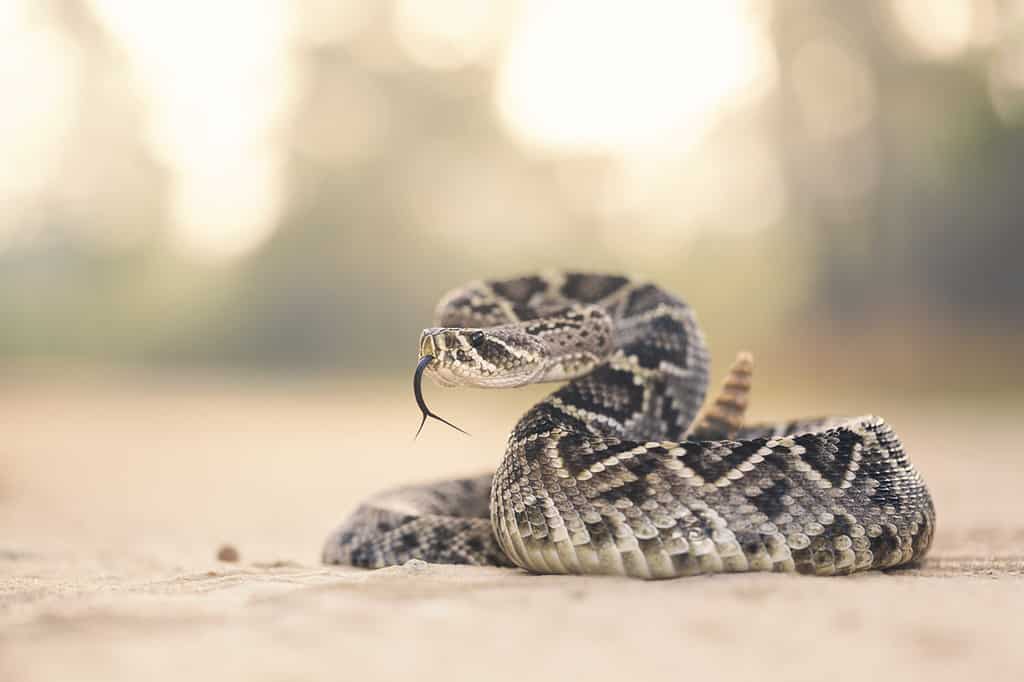
There are approximately 56 rattlesnake species and over a dozen subspecies.
©Kristian Bell/Shutterstock.com
Finding a rattlesnake along the CDT is more likely than most other animals on this list. They’re primarily located in New Mexico, though you might come across some in Montana, Idaho, and Wyoming. These grasslands and prairies are perfect homes for rattlesnakes. Deaths from rattlesnake bites are rare as long as you have access to antivenom or treatment from a hospital. Keep in mind that not every bite from a rattlesnake is loaded with venom. In fact, about 33% of their bites won’t contain venom. These dry bites are still quite painful and will require medical care.
8. Scorpions

A scorpion’s sting makes it one of the most dangerous animals on the CDT trail, and you should be careful not to provoke one.
©RHJPhtotos/Shutterstock.com
The portion of the CDT that resides in New Mexico will likely bring you face-to-face with scorpions. The National Park Service has reiterated that scorpions are shy creatures and generally won’t sting humans. Hikers that provoke or surprise a scorpion might get a sting for their troubles. In most cases, scorpion stings can be treated and managed on the trail. Unlike a rattlesnake bite, you’re not likely to succumb to a scorpion sting. However, seeking professional treatment is crucial if a child is stung or an adult notices severe symptoms.
9. Spiders
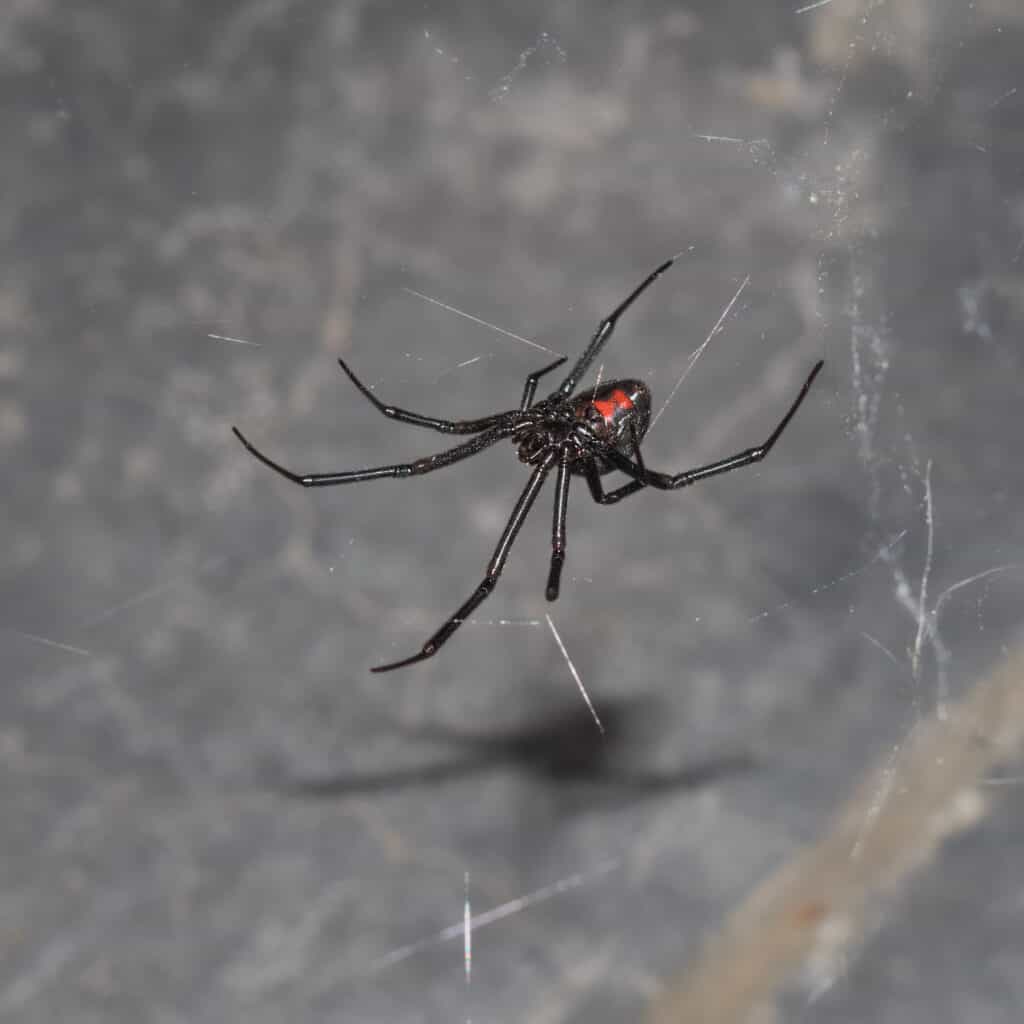
Black widow silk is one of the strongest natural silks, and they feed on cockroaches, earwigs, beetles, flies, and even other spiders.
©iStock.com/Shravan Sundaram Photography
Not all spiders are venomous or dangerous to humans, but there are a few species along the trail that you need to watch out for. Black widows, brown recluses, and other venomous spiders are some of the most dangerous CDT animals as they make their homes across various states along the CDT. Bites from these spiders aren’t likely deadly but will be incredibly painful. Here is a list of other symptoms you might experience:
- Necrosis of the skin
- Nausea
- Blister at the bite site
- Muscle spasms and cramping
- Achiness
Hikers advise using a stick to clear spiderwebs, checking your shoes before you put them back on, shaking out your clothes, and using repellents!
The photo featured at the top of this post is © Eric Poulin/Shutterstock.com
Thank you for reading! Have some feedback for us? Contact the AZ Animals editorial team.







